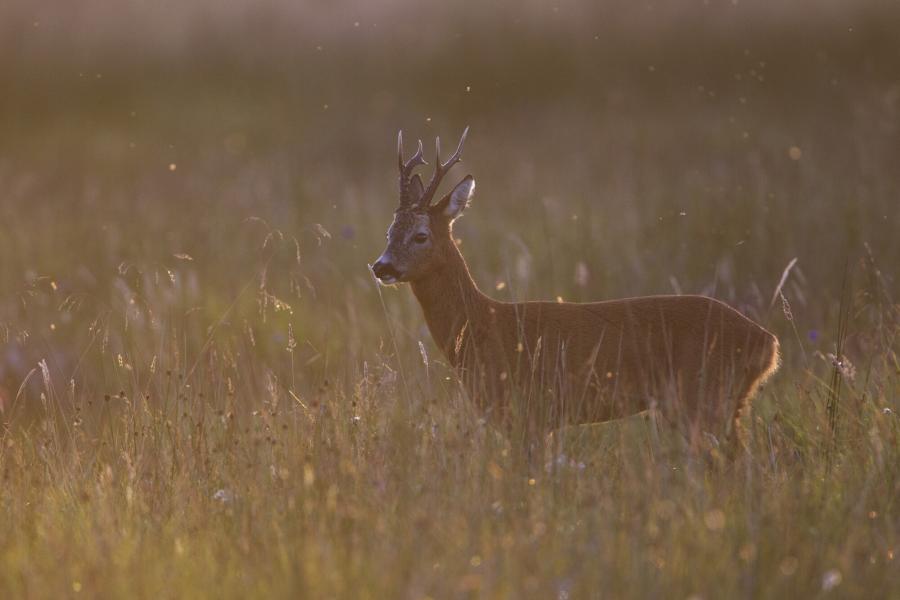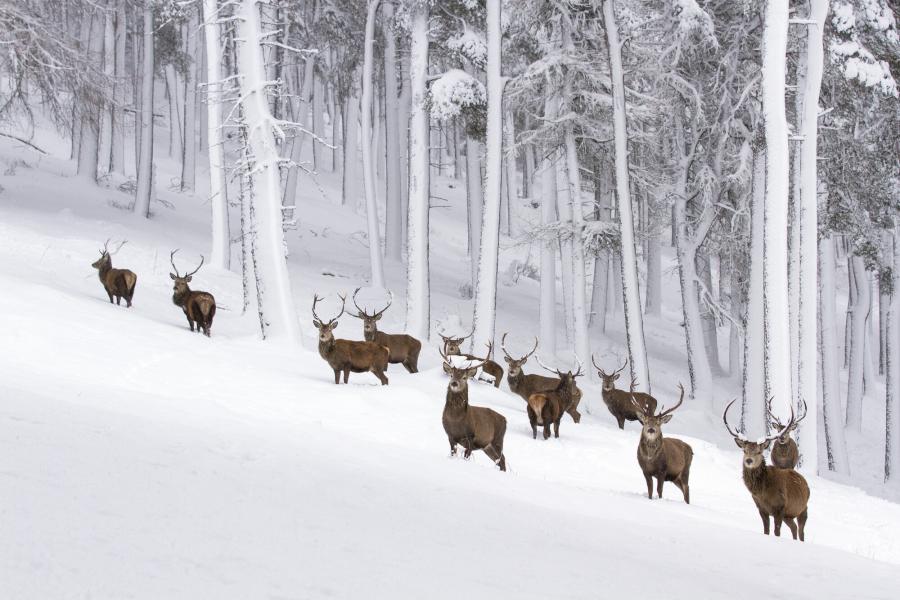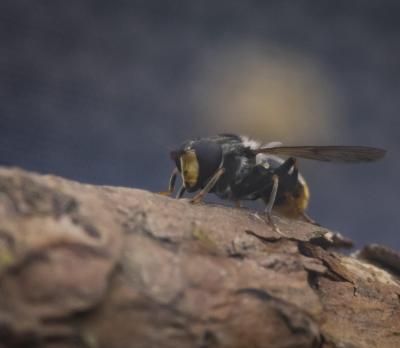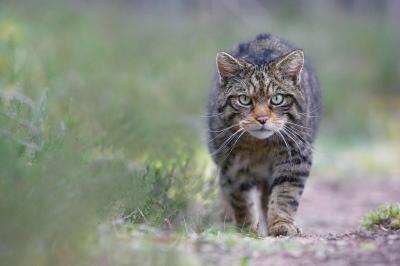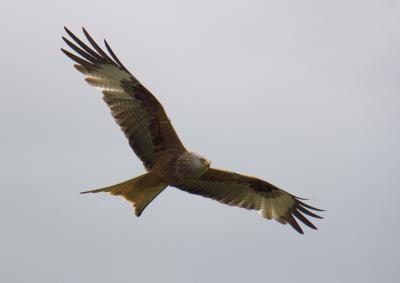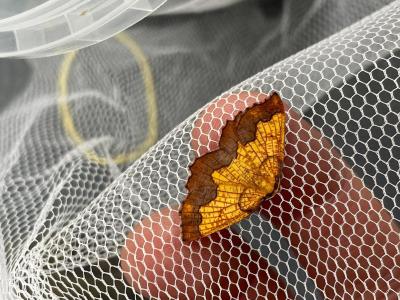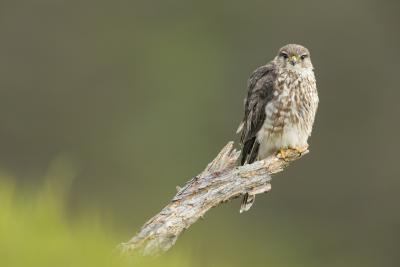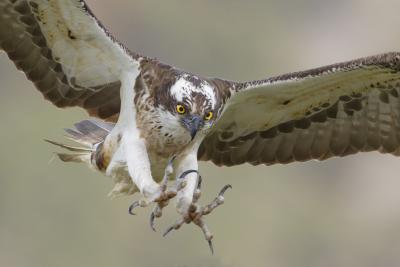Red deer and roe deer
Cervus elaphus (red deer) and capreolus capreolus (roe deer)
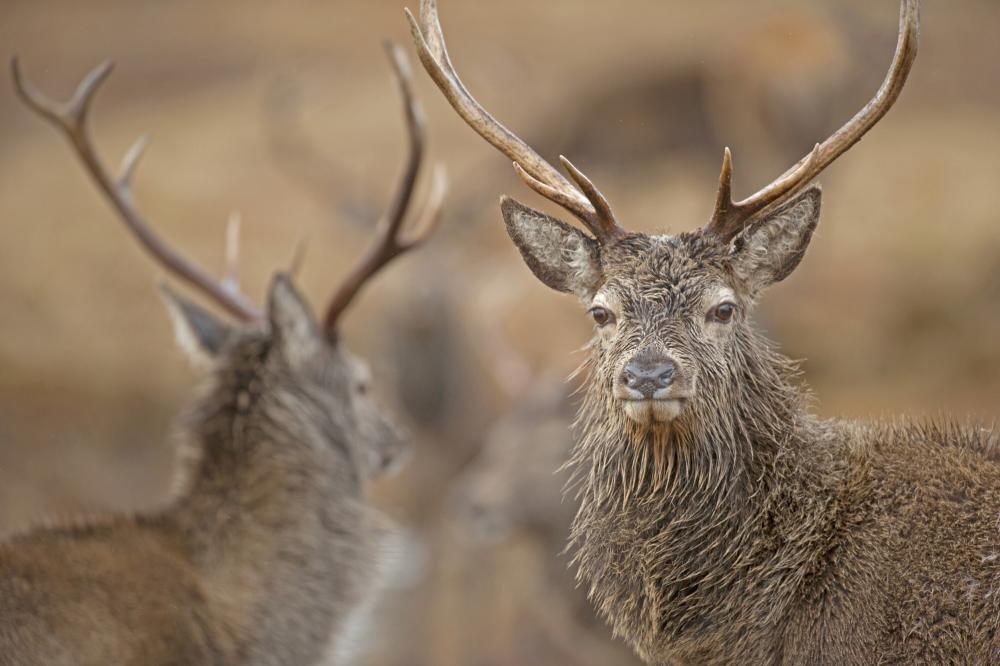
Red and roe deer thrive in the woodlands, moorland and mountain tops of the Cairngorms National Park. They are native species, with ancestry dating back 10,000 years to the end of the last ice age.
Factsheet
Weight: 150kg (red adult male) and 35kg (roe adult male)
Lifespan: Average is 18 years (red) and 10 years (roe)
Best time to spot: Year-round
Population in park: Red: circa 64,000 (summer population); Roe: unknown
Deer are plant-based animals, but the exact makeup of their diet depends on what’s available. Grasses, sedges (a grass-like plant), heather, the leaves and shoots of trees and woody plants, fruit and berries are all popular options. Deer will also nibble tree bark if other food is in short supply.
When their natural predators, such as bears and wolves, became extinct in the UK, deer became Britain’s largest mammal. Red deer stags are particularly iconic. With their impressive bulk (they can reach a shoulder height of 1.37m) and majestic antlers, seeing one in the wild is an unforgettable experience.
Deer give birth in late spring or early summer. For the first few months of their life, the red deer calves and roe deer kids are left hidden in long grass for protection whilst the mother forages. She will return every few hours to allow her young to suckle. By the time they are two to three months old, they will have transitioned to eating plants.
You can spot deer in the National Park year-round, as the woodlands surrounding villages and towns are often filled with these shy creatures. Take a quiet enough walk at dawn or dusk, and your chances of seeing one are relatively high.
Did you know?
Red and roe deer thrive in the woodlands, moorland and mountain tops of the Cairngorms National Park. They are native species, with ancestry dating back 10,000 years to the end of the last ice age.
Factsheet
Weight: 150kg (red adult male) and 35kg (roe adult male)
Lifespan: Average is 18 years (red) and 10 years (roe)
Best time to spot: Year-round
Population in park: Red: circa 64,000 (summer population); Roe: unknown
Deer are plant-based animals, but the exact makeup of their diet depends on what’s available. Grasses, sedges (a grass-like plant), heather, the leaves and shoots of trees and woody plants, fruit and berries are all popular options. Deer will also nibble tree bark if other food is in short supply.
When their natural predators, such as bears and wolves, became extinct in the UK, deer became Britain’s largest mammal. Red deer stags are particularly iconic. With their impressive bulk (they can reach a shoulder height of 1.37m) and majestic antlers, seeing one in the wild is an unforgettable experience.
Deer give birth in late spring or early summer. For the first few months of their life, the red deer calves and roe deer kids are left hidden in long grass for protection whilst the mother forages. She will return every few hours to allow her young to suckle. By the time they are two to three months old, they will have transitioned to eating plants.
You can spot deer in the National Park year-round, as the woodlands surrounding villages and towns are often filled with these shy creatures. Take a quiet enough walk at dawn or dusk, and your chances of seeing one are relatively high.
Did you know?
The rut, the autumn mating ritual of red deer stags, takes place between September and November. It’s one of the animal kingdom’s most spectacular sights. During the rut brave newcomers will challenge the current dominant stag for control of the hinds, covering their coats and their antlers in mud to spread their scent. The result can be noisy clashes of antlers, plus the famous roaring which can be heard far and wide.
Male roe deer, called bucks, rut too - but in summer. Before the rut starts the bucks become aggressive and create exclusive territories around one or more does. They may not be as large as red deer stags (at up to 0.75m to the shoulder), and their antlers may be less impressive, but they can still cause severe injury and even inflict death on their opponents. You can recognise a fully grown buck by counting the number of points on its antlers: there will be three when it’s a mature adult.
Aside from their size and antlers, a few other tell tale signs will help you tell red and roe deer apart. For example, roe deer have a fluffy white tuft on their rump. This is often the part of the deer you will spy as it bobs away through the forest. The coats of red deer are a reddish colour in summer, becoming more brown-tinged during winter, whereas roe deer are a chestnut brown shade year-round. Keep an eye out for deer tracks on muddy ground, as their hoof marks are a helpful giveaway for their location.
Deer have no natural predators and so their numbers are very high which can impact fragile habitats and ecosystems, which is why deer management practices are in place across the Cairngorms National Park.
Need to know
Deer stalking is common across many estates in Scotland, and many hill walking destinations in the National Park, particularly in summer and autumn.
Though red deer stalking can take place all year round, the two key stalking periods are October for stags, and January and early February for hinds. Stalking doesn’t usually take place on a Sunday, but this is not the case on all estates so it’s always worth double checking.
To ensure disturbance is kept to a minimum, and to keep yourself safe, we ask that you:
- Plan ahead and find out if any stalking is taking place on the land you are hoping to visit.
- Have a plan b, and adapt your route accordingly.
- Follow signage and instruction from the landowners and land managers, and use the alternative routes if provided.
- Avoid crossing land where stalking is taking place.
- Proceed with caution.





